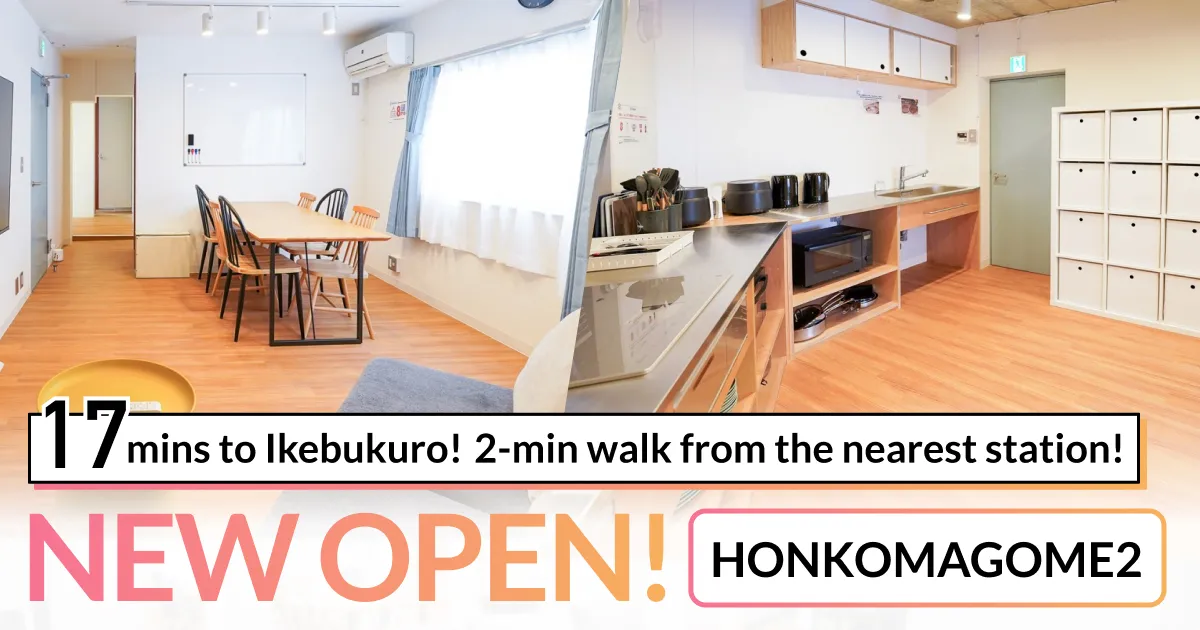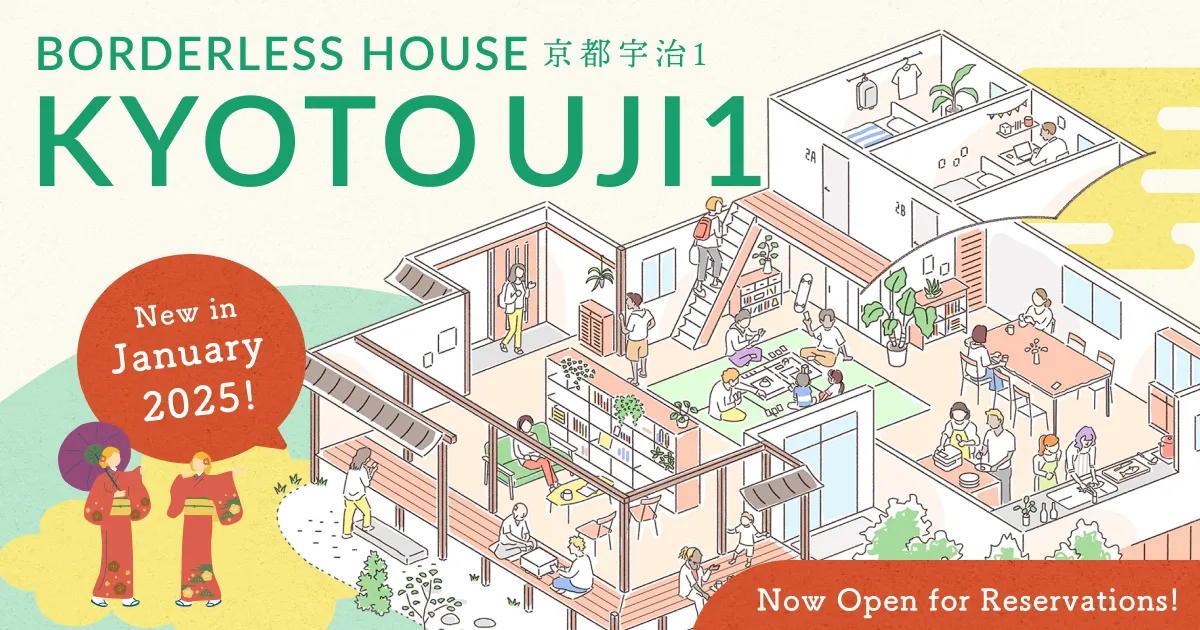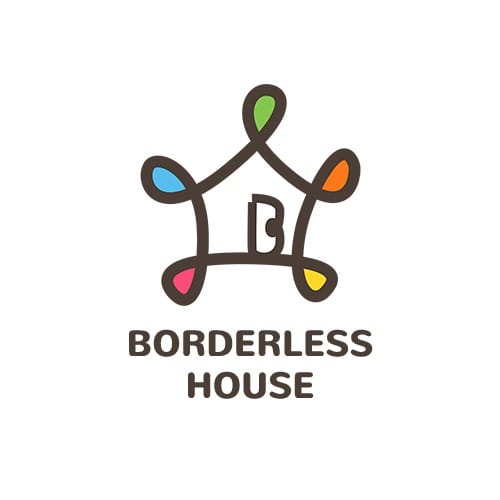NEWS&BLOG
Top 5 MUST-KNOW Tips for a Smooth Move to Japan

Moving to Japan was one of the most exciting and challenging times of my life. I felt thrilled about my new adventure but also nervous about the unknown. From getting my visa to finding a place to live, there were many obstacles.
Through trial and error, I learned valuable lessons that made my move smoother. These tips come from my own experience to help you avoid common problems and have an easy move to Japan.
Tip 1. Do Your Research and Plan Thoroughly
When I first decided to move to Japan, I felt overwhelmed by all the information. But, by researching cultural norms and neighborhoods, I avoided many common problems. For example, I found out which areas were more foreigner-friendly and learned about Japan’s unique rental processes, which helped me avoid last-minute surprises.
Actionable Steps
Creating a detailed checklist and timeline was a game-changer for me. Here’s how you can do it too:
● Start Early: Begin your research at least six months before your planned move date.
● Break Down Tasks: Divide your checklist into monthly, weekly, and daily tasks. This could include booking flights, packing, notifying your current landlord, and setting up utilities in Japan.
● Use Tools: Utilize digital tools and apps to keep track of your tasks and deadlines. Tools like Google Spreadsheet or a simple Excel sheet can be very helpful.
Budgeting
Managing finances is crucial for a smooth move. Here are some tips that worked for me:
● Estimate Costs: Make a list of all possible expenses, including visa fees, airfare, initial accommodation, and everyday expenses like groceries and transportation.
● Save Early: Start saving as soon as possible. Having a financial cushion can ease the transition.
Tip 2. Get Your Visa and Paperwork Sorted Early
Applying for my visa was a crucial step, but it wasn’t without challenges. I encountered delays because I didn’t have all the required documents ready. Learning from this, I realized how important it is to start the process early and double-check everything.
Step-by-Step Guide
Here's how you can make your visa application smoother:
1. Choose the Right Visa: Determine the type of visa you need (work, student, etc.).
2. Gather Documents: Collect all necessary documents, such as your passport, visa application form, and any supporting documents like job offer letters or school acceptance letters.
3. Submit Your Application: Apply at your nearest Japanese embassy or consulate. Ensure all forms are correctly filled out.
4. Follow-Up: Keep track of your application status and follow up if needed.
Document Preparation
● Check Requirements: Verify the specific document requirements for your visa type.
● Translate Documents: If required, have your documents translated into Japanese by a certified translator.
● Make Copies: Keep copies of all important documents and store them safely.
Tip 3. Find Comfortable and Convenient Accommodation
I explored various options, from private studios, and co-living apartments to share houses. Each option had its pros and cons, but finding the right fit made my transition much smoother.
Housing Options
Private Studios:
Pros: Privacy, ability to personalize your space, stability.
Cons: Higher cost, more paperwork, longer commitments.
Co-Living Apartments:
Pros: Social environment, shared amenities,slightly lower cost than studios.
Cons: Shared spaces, the potential for noise, less control over the living environment.
Share Houses:
Pros: Affordable, social environment, ready-to-move-in, less paperwork.
Cons: Less privacy, shared spaces, shared responsibilities for cleaning and maintenance.
Each of these options can be suitable depending on personal preferences and needs. Some may prefer the privacy and stability of a private studio, while others might enjoy the social aspects of co-living apartments or share houses.
If you are looking for somewhere to live with locals to improve your Japanese and immerse yourself in the culture, I recommend BORDERLESS HOUSE. You can easily book a room overseas. It has some benefits:
● Community: Easy to make friends and build a social network in Japan.
● Convenience: Fully furnished rooms, utilities included, and flexible lease terms.
● Support: Skype calls with the staff when booking your room; they will solve your concerns and answer all your questions.
My experience with BORDERLESS HOUSE was positive. The supportive community and convenient setup made my initial days in Japan much easier.
Tip 4. Learn Basic Japanese
Learning basic Japanese phrases made my daily life in Japan much easier. Simple greetings and expressions like "hello," "thank you," and "excuse me" helped me navigate public spaces, shop at local markets, and interact with neighbors. It also showed locals that I was making an effort to integrate, which was appreciated and often met with kindness and patience.
Language Resources
Here are some effective ways to learn Japanese:
● Language Apps: Apps like Duolingo offers interactive and easy-to-follow lessons for beginners.
● Online Courses: Websites like Udemy, Coursera, and JapanesePod101 provide structured courses that cover basic to advanced levels.
● YouTube Channels: Channels like Japanese Ammo with Misa and That Japanese Man Yuta offer free lessons on vocabulary, grammar, and pronunciation.
● Language Exchange: Apps like HelloTalk and Tandem connect you with native Japanese speakers for language exchange, allowing you to practice speaking and listening.
● Books: Textbooks like "Genki" and "Minna no Nihongo" are great for structured learning and come with exercises and CDs for listening practice.
Tip 5. Prepare for Daily Life Essentials
From figuring out the public transportation system to setting up a bank account, there were many new things to learn. Initially, it felt overwhelming, but with a bit of preparation and patience, I was able to navigate these essentials smoothly.
Public Transportation
Japan’s public transportation system is known for its efficiency and punctuality. Here are some tips to help you get around:
● Get a Suica or Pasmo Card: These rechargeable cards can be used on trains, buses, and even at some shops and vending machines. They save time and make traveling easier. You can download them on your smartphone or watch too,
● Learn Key Routes: Familiarize yourself with the main train and subway lines you’ll be using daily. Apps like Hyperdia and Google Maps can help you plan your routes and check schedules.
● Understand Etiquette: Be aware of public transportation etiquette, such as queuing for trains, not talking on the phone, and giving priority seats to those in need.
Banking and Finances
Here’s how to get started:
● Choose a Bank: Some popular banks for foreigners include Shinsei Bank and Japan Post Bank. They offer services in English and have branches nationwide.
● Required Documents: Prepare your residence card, passport, and possibly your personal seal (hanko) for the account opening process.
● Online Banking: Many banks offer online banking services, which can make managing your finances more convenient.
● ATMs and Cash: Japan is still a largely cash-based society. Learn how to use ATMs, which often have English options, and always carry some cash for small purchases.
Conclusion
Moving to Japan is an exciting adventure, but it comes with its challenges. By taking proactive steps like thorough research, getting your visa and paperwork sorted early, finding the right accommodation, learning basic Japanese, and preparing for daily life essentials, you can make your transition smoother and more enjoyable.
Remember, every step you take brings you closer to feeling at home in Japan. Embrace the journey and the learning experiences along the way.











